Here Are NASA's Airplanes of The Future
2014.12.09
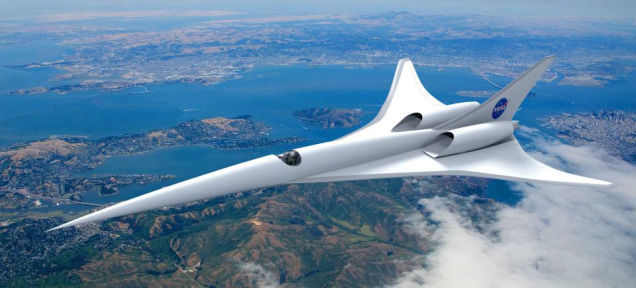
NASA isn't only in the business of exploring the next frontier, but they're also contributing to airplane technology. Here are some of their coolest concepts, which could be a reality as early as 2025. Check it out!
1.

This design is from NASA research partner Lockheed Martin and it is a good example of how simulations and wind tunnel tests, conducted over time, generate data that tell researchers how to improve a design to achieve goals. The goal of this aircraft is to produce a much lower-level sonic boom and to reduce emissions.
2.
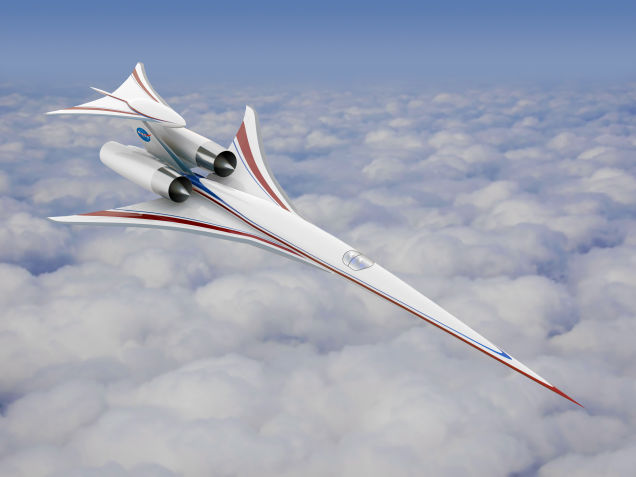
This concept is meant to fly at supersonic speeds over land and is being tested on ways to reduce the level of sonic booms.
3.
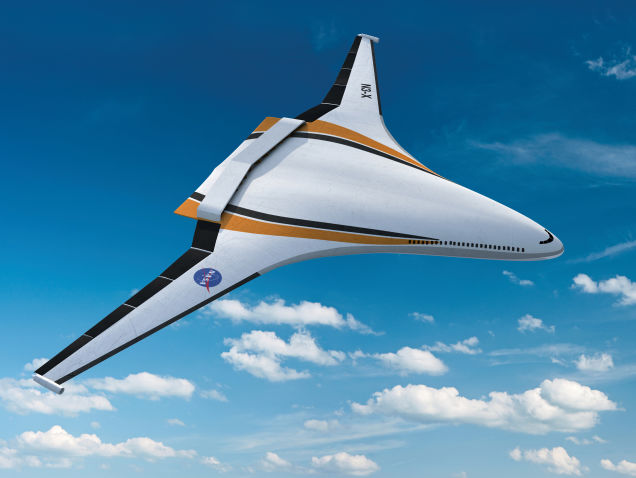
This concept is called a "hybrid wing body", and its wing blends into the body of the aircraft, making it aerodynamic, which holds great promise in reductions in fuel consumption, noise and emissions.
This NASA concept, called the "N3-X," uses a number of superconducting electric motors to drive the distributed fans to lower the fuel burn, emissions, and noise.
4.
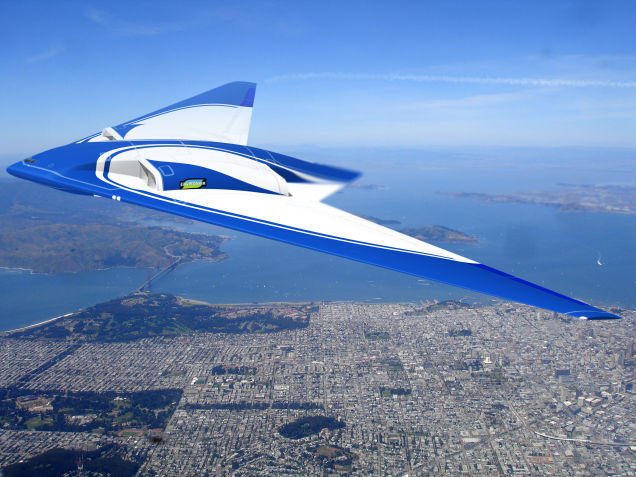
This is a future "flying wing" concept and it is very quiet in flight. Design and produced by Northrop Grumman, it would most likely be carrying cargo at first.
5.
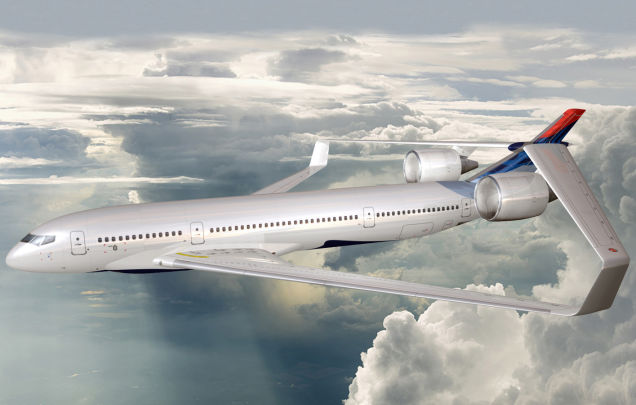
Lockheed Martin's advanced vehicle concept has a box wing design proposal. It uses a Rolls Royce Liberty Works Ultra Fan Engine to achieve a bypass ratio that is nearly five times greater than current engines.
6.
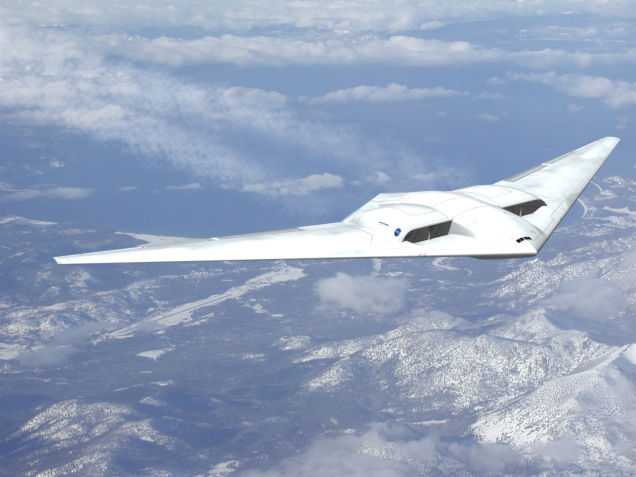
Northrop Grumman's concept uses the "flying wing" design to produce extreme aerodynamics. Its Rolls Royce engines are embedded in the upper surface to achieve maximum noise shielding.
7.
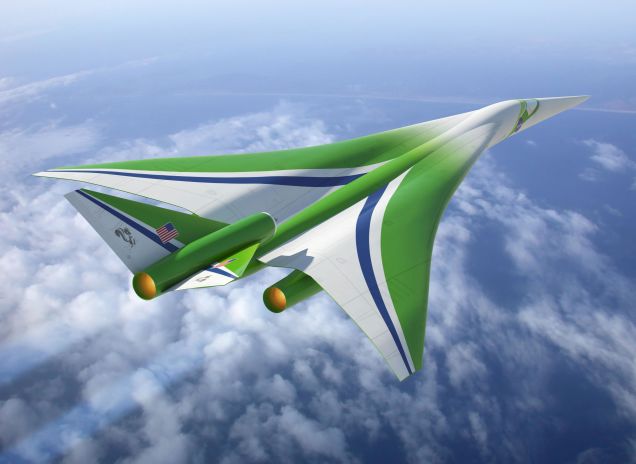
NASA has been exploring ways to make quieter sonic booms, and this design could be a future civil supersonic transport.
8.
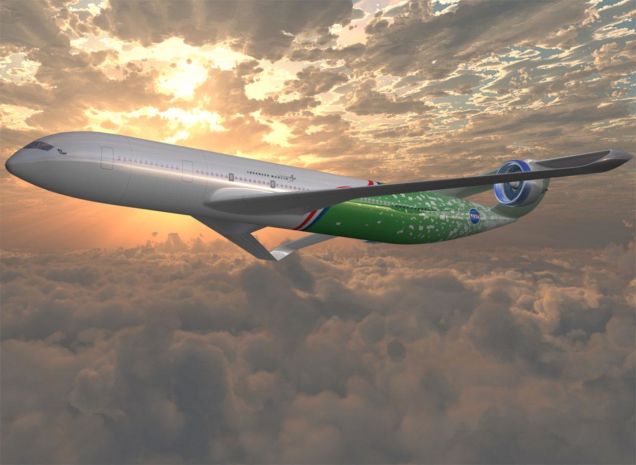
This joined-wing configuration was designed to reduce drag and increase fuel-efficiency. It could enter service in 2020, and is one of the designs being explored by NASA and others.
9.
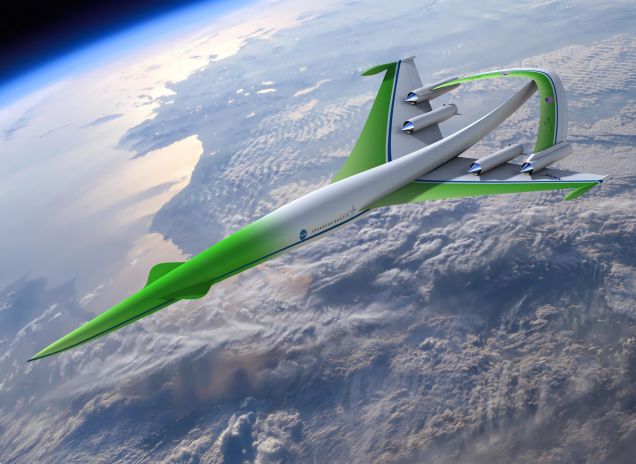
This concept comes from Lockheed Martin Corporation and is designed for supersonic flight over land. Simulation tools show that it is possible to achieve over-land flight by lowering the levle of sonic booms using an inverted-V engine under wing configuration. It could enter service in the 2030-2035 timeframe.
10.
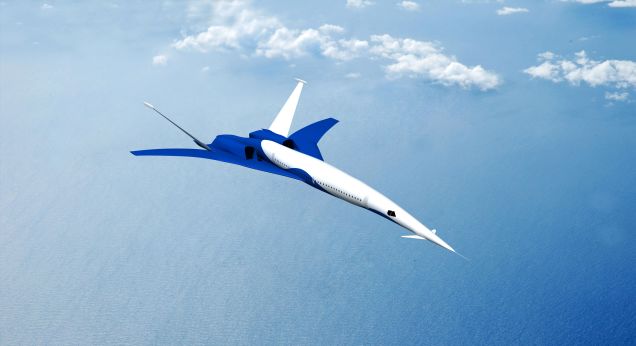
The "Icon-II" future aircraft design concept is led by The Boeing Company. Its design lets it achieve fuel burn reduction and airport noise goals and large reductions in sonic boom noise levels. The aircraft could enter service in the 2030-2035 timeframe.
More Articles
Copyright © Fooyoh.com All rights reserved.